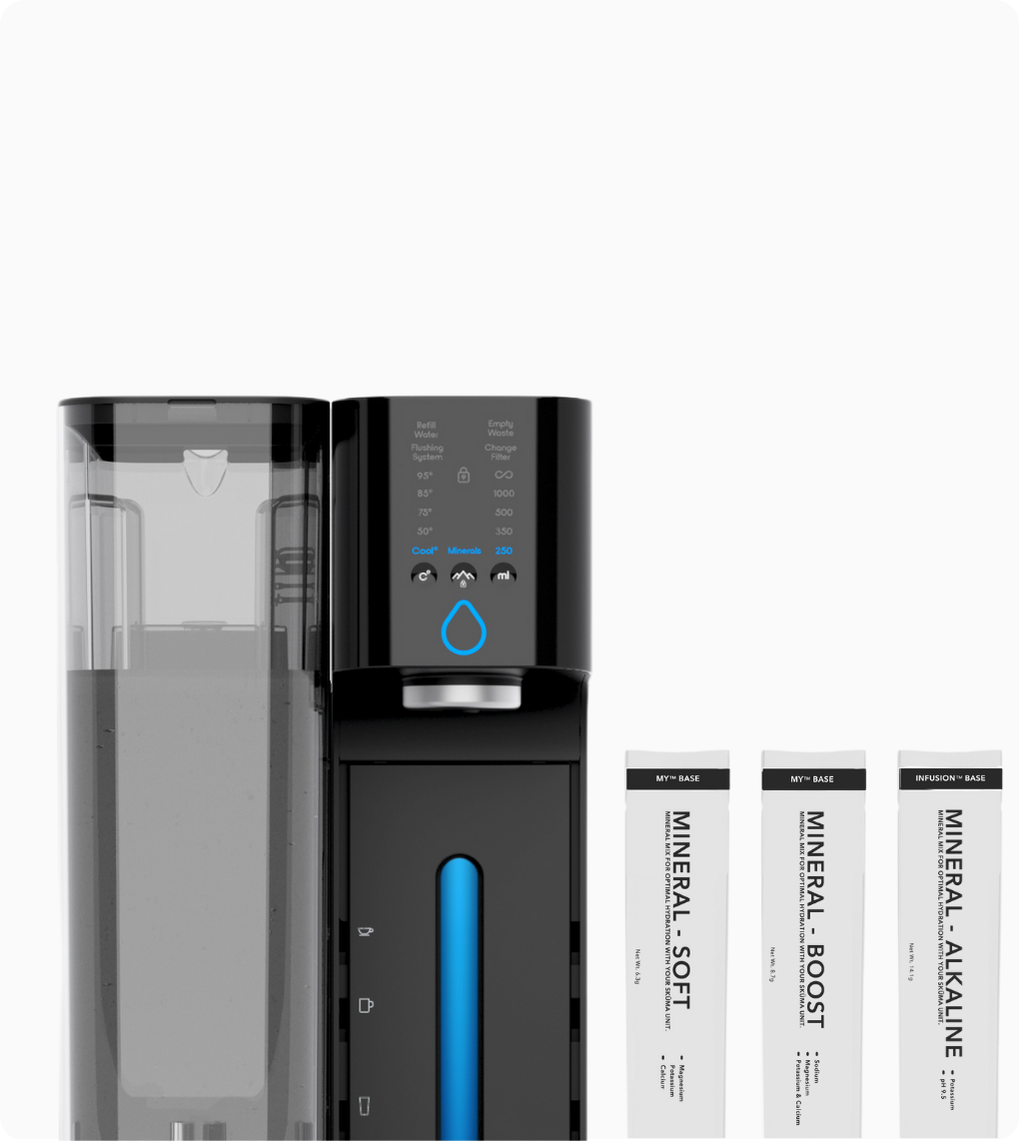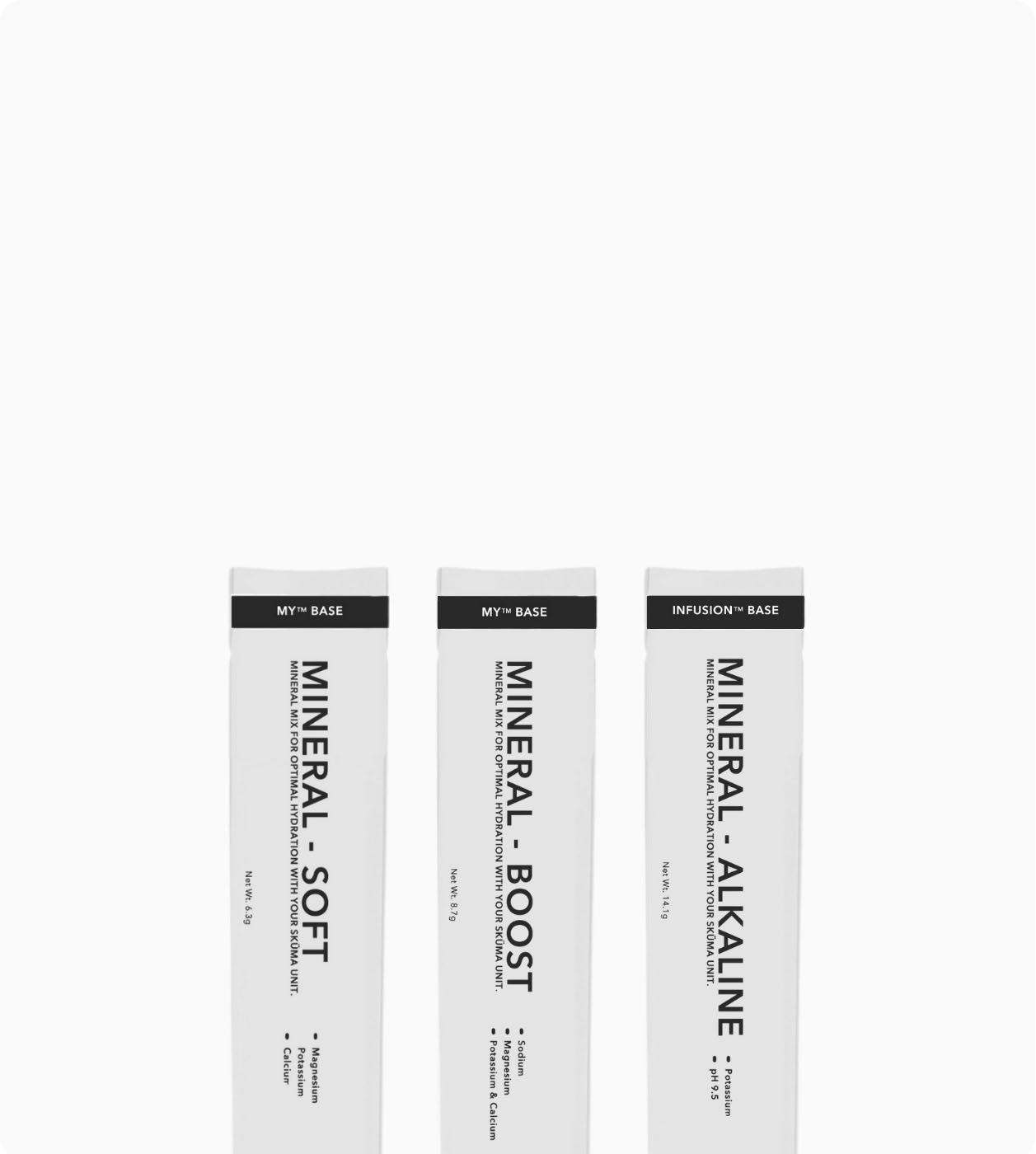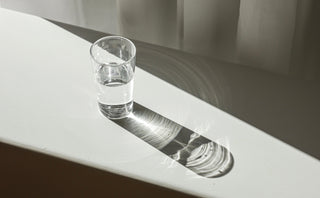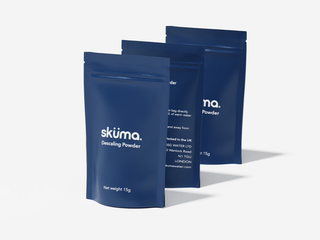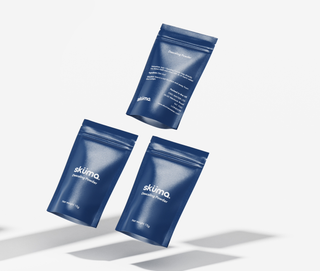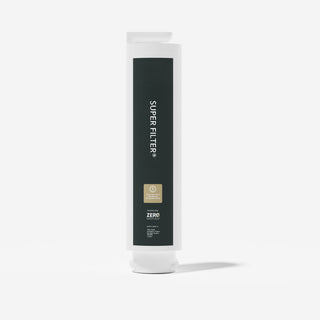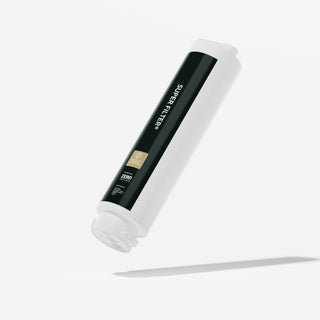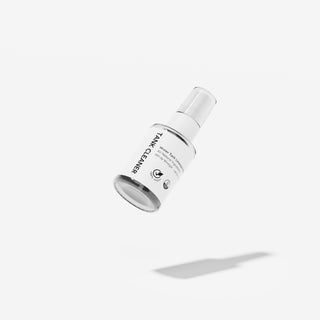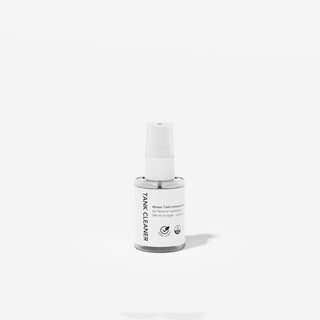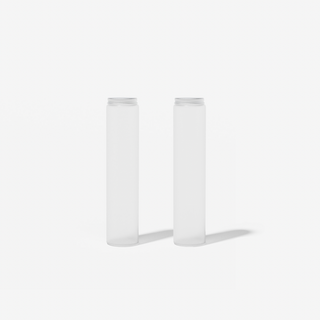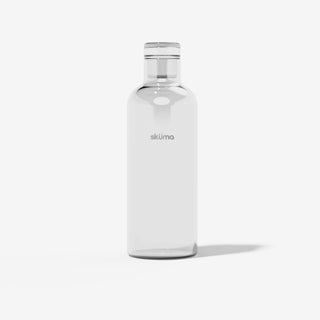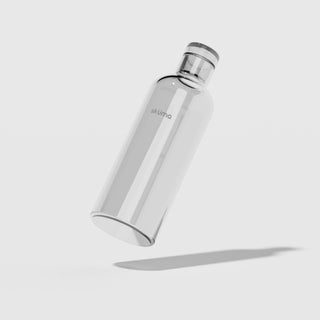Between pesticides, heavy metals, PFAS, pharmaceutical residues, and microplastics, the quality of tap water is raising more and more concerns.
As a result, filtration systems are multiplying — each one promising cleaner, healthier water.
But what’s the real story? Which technology is actually the most effective for achieving safe, balanced water?
Among the most common solutions are activated carbon filters, gravity filters (such as Brita® or Berkey®), and reverse osmosis systems.
And what if there were a technology capable of combining the best of all three?
Let’s take a closer, scientific look — and objectively compare what really works.
Activated Carbon: a Natural but Limited Solution
What is Activated Carbon Filtration?
Activated carbon is a porous material — often made from coconut shell — that can adsorb certain molecules found in water such as chlorine, odours, organic solvents, or some pesticides.
This method improves the taste and appearance of water and reduces some contaminants, but its performance remains superficial.
Its Limitations
Activated carbon removes little or none of the following:
- Nitrates
- The full range of pesticides and their metabolites
- Microplastics
- Pharmaceutical residues
- PFAS compounds and TFA
It’s a useful entry-level solution for improving taste, but far from sufficient for deep purification.
Gravity Filtration: Convenient but Shallow
Gravity-based filters — such as Brita® carafes or Berkey® systems — rely on a simple process:
Water flows slowly through one or more filters under the pull of gravity, without any mechanical pressure.
This allows for the removal of visible impurities (sediments, chlorine, odours) and, depending on the filter quality, a portion of heavy metals.
The Limits
- Their efficiency depends on the flow rate: the slower the water passes through, the better the filtration — but the less convenient it becomes.
- These systems do not capture microplastics, PFAS, or the majority of dissolved contaminants.
-
Their action remains physical, not molecular.
Gravity filters are therefore useful for improving already potable water, but insufficient for removing the full spectrum of contaminants that increasingly affect our water supply throughout the year.
Reverse Osmosis: the Most Advanced Technology for Water Purification
Reverse osmosis is a scientific process in which water is forced through an ultra-fine semi-permeable membrane.
This barrier retains up to 99.9% of contaminants, including particles invisible to the naked eye.
It is currently the most efficient technology available to guarantee the highest level of purity.
It’s the same process used in hospitals, laboratories, NASA’s space stations, and in seawater desalination facilities.
Sküma Water: The Triple Filtration Solution
Where other systems stop at one or two filters, Sküma combines three levels of purification to ensure unmatched purity:
- Sediment Prefiltration → removes suspended particles such as dust, sand and rust.
- Coconut-based Activated Carbon Filtration → neutralises chlorine, odours, certain pesticides, selected PFAS and heavy metals, and volatile organic compounds (VOCs).
-
Reverse Osmosis → eliminates up to 99.9% of contaminants.
This triple technology lies at the heart of the Sküma system, tested and validated in February 2025 by an independent French laboratory accredited by COFRAC.
The result: an exceptionally pure water — free from contaminants, plastic-free, and ready to be remineralised to suit your body’s needs.
The Comparison: Gravity vs Activated Carbon vs Sküma Reverse Osmosis
|
Criterion |
Gravity Filtration (Brita®, Berkey®) |
Simple Activated Carbon |
Sküma Water (Triple Filtration) |
|
Principle |
Slow flow through gravity |
Adsorption through carbon |
Sediment + activated carbon + reverse osmosis |
|
Microplastics / PFAS |
Barely retained / Partially filtered |
Barely retained / Partially filtered |
98.1% – 99.9% removed |
|
Heavy Metals / Nitrates |
Partially filtered |
Limited effect |
99.9% removed |
|
Taste & Odour |
Improved |
Improved |
Pure, neutral taste (depending on remineralisation), odour-free |
|
Filtration Speed |
Slow |
Moderate |
Instant |
|
Maintenance |
Frequent cleaning |
Filter replacement every 2–3 months |
Super Filter replaced once per year |
|
Technology |
Basic, no pressure |
Simple |
Advanced and automated |
|
Final Result |
Clarified water |
Improved water |
Purified, safe, and remineralised water |
Verdict
Activated carbon improves taste but doesn’t truly purify.
Reverse osmosis, on the other hand, filters deeply — removing harmful substances and delivering genuinely pure water.
What Makes Sküma Unique: Personalised Remineralisation
While most essential minerals come from a balanced diet, water still plays a key role in maintaining daily mineral intake and electrolyte balance.
Sküma’s reverse osmosis water is purified to the highest standard and perfectly drinkable as is but for optimal hydration, it can be rematerialised with our MY™ Bases profiles according to your needs:
- Mineral Soft – for daily hydration. A smooth, balanced profile ideal for the whole family.
- Mineral Boost – a higher mineral concentration to enhance daily performance and recovery.
-
Mineral Alkaline – raises the pH of your tap water by one point. Helps neutralise acidity and supports digestion and post-exercise recovery.
Why Sküma Outperforms Other Systems
- Triple filtration including reverse osmosis — where most competitors rely on just one stage.
- Performance certified by an independent French laboratory accredited by COFRAC: over 220 molecules tested and removed.
- Elegant, compact design and minimal maintenance.
- Instant hot water options: 50°C, 75°C, 85°C, and 92°C.
- Super Filter replacement only once a year.
Sküma Water represents a new generation of purification — pure, remineralised, and environmentally responsible hydration.
Conclusion
Activated carbon, gravity filters, or reverse osmosis?
The first two improve water — Sküma transforms it.
Whatever your starting water quality, you’ll always end up with Sküma Water: pure, balanced, and precisely controlled.
If you’re looking for truly healthy, mineral-balanced, and safe hydration, the choice is clear : Sküma Water.
Related Articles
- Why Remineralisation Matters: The Role of Minerals in Water
- The Truth About Microplastics in Bottled Water
- Discover the MY™ Station


